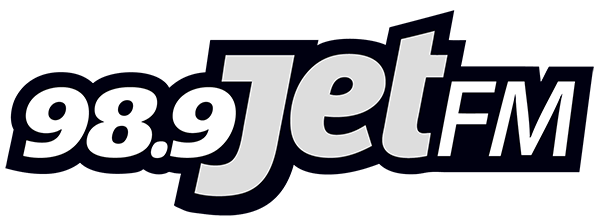Canadians paid down a record amount of non-mortgage debt during the pandemic.
That’s according to a new report from Stats Canada.
It says non-mortgage debt – that means things like loans for cars and home renos – fell by a record $20.6 billion from the onset of the pandemic to January 2021.
This is mostly thanks to a $16.6 billion decline in credit card debt.
On the other side of the ledger, mortgage debt rose by a record $99.6 billion over the same period, in the wake of rising home prices across Canada – especially single-family homes.
Overall, Canadian households were carrying around $2.5 trillion in outstanding debt one year into the pandemic.
Of that, roughly two-thirds was mortgage debt and one-third came from every other type of debt.
A new study, “Trends in household non-mortgage loans: The evolution of Canadian household debt before and during COVID-19,” looks at how Canadians responded to the unique conditions posed by the pandemic to bring down their non-mortgage debt levels.
Canadian households began to see their disposable income rise during the pandemic, due in part to the limited opportunities to spend money during the lockdowns as well as the monetary support provided by governments, such as CERB or the enhanced Employment Insurance program, to offset lost wages.
Many people used this opportunity to pay down expensive non-mortgage debt, with the balances of unsecured lines of credit and credit cards being paid down in record amounts.
For example, the outstanding balance carried on credit cards fell from $90.6 billion just before the pandemic in February 2020 to $74 billion in January 2021, an 18.3 percent decline in less than one year.
By way of comparison, in the two decades prior to the pandemic, the outstanding balance carried on credit cards had risen on average by 20.7 percent per year.
The largest reductions in debt loads were among those with the lowest credit ratings, suggesting that Canadians most vulnerable to financial hardships were able to use savings prudently during the pandemic.
With the economy now reopening, Stats Can says many Canadian households could find themselves carrying lighter non-mortgage debt balances than they had going into the pandemic.
The study “Trends in household non-mortgage loans: The evolution of Canadian household debt before and during COVID-19” is now available as the concluding piece in the series of papers focusing on Canadian debt during the pandemic.






